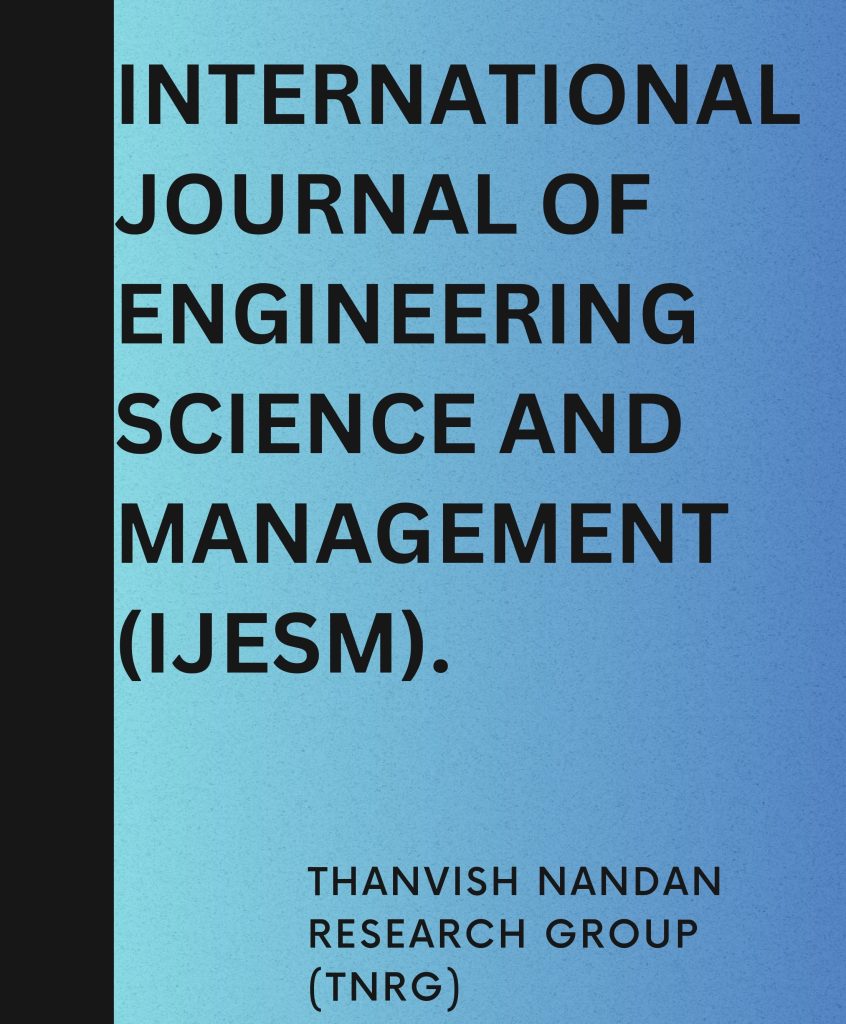
International journal of engineering science and management (IJESM)
International journal of engineering science and management (IJESM)
HAZARD IDENTIFICATION AND DETECTION USING MACHINE LEARNING
Abstract
Web surfing is become an integral part of our daily life in the modern world. But along with this flexibility comes the possibility of visiting rogue websites that might infect our devices with malware and steal our private information. Regrettably, our reliance on conventional cybersecurity measures such as firewalls and antivirus software fall short in adequately safeguarding us against these emerging threats. Consequently, there is an urgent demand for a more advanced and practical model capable of consistently discerning safe from perilous websites. In response to this imperative, we have developed a novel classification system that scrutinizes and detects features associated with URLs, employing a diverse array of machine learning classification algorithms. These algorithms encompass Adaboost, XGBoost, Random Forest, Support Vector Machine, Naive Bayes, Logistic Regression, Decision Tree, K Nearest Neighbours, Artificial Neural Networks (ANN), and Gradient Boosting. Notably, Adaboost, XGBoost, and Support Vector Machine have garnered recognition within the research community for their effectiveness in identifying fraudulent websites. Our primary objective is to construct a system capable of reliably ascertaining the intent of a website, specifically whether it harbours malicious intentions towards its users. To achieve this, we intend to leverage bagging and boosting techniques to train these classifiers subsequent to extracting the requisite attributes from the websites. We will then subject our method to rigorous testing on a substantial dataset comprising web pages, facilitating a comprehensive comparison of its performance against competing methodologies. The results we present will illustrate the efficacy of our classification approach in pinpointing malevolent web pages. By furnishing a swift and precise means of identifying and analysing hazardous websites, our proposed strategy has the potential to significantly enhance web security and safeguard users. The implications of this study’s findings could extend far beyond, ushering in profound changes in the realm of cybersecurity.

